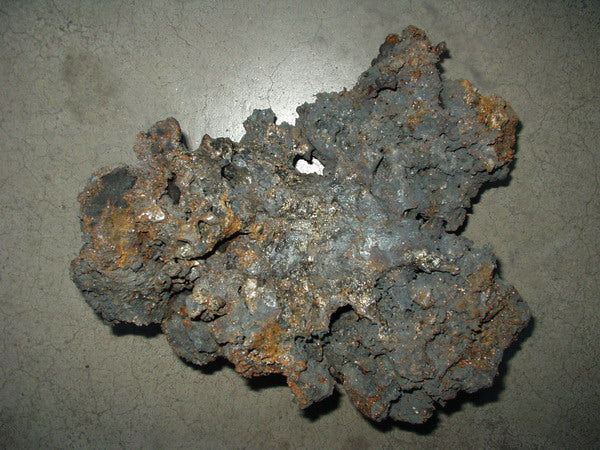Your Cart is Empty


Japan's feudal period was a critical time for the region's bladesmithing practices. Because of new advents in metallurgy, Japanese bladesmiths were able to produce stronger and more versatile swords, including the well-known katana. Perhaps the most notable bladesmithing innovation during feudal Japan, however, was the use of high-carbon steel. Known as tamahagane steel, it's become synonymous with high-quality traditional Japanese swords. Unless you're familiar with this metal, though, you might be wondering why so many traditional Japanese swords were made of tamahagane steel rather than other metals.
What Is Tamahagane Steel?
Meaning "round and previous," tamahagane steel is a type of high-carbon steel that was invented during feudal Japan. Previously, bladesmiths used iron-based river sand to produce blades. Through trial and error, however, they discovered that adding carbon to the smelting process resulted in a new metal with special properties. Tamahagane steel varies in carbon content, but traditionally it had about 3% to 4.5% carbon, thereby giving in a similar carbon composition as cast iron.
Stronger Blade
With tamahagane steel, bladesmiths were able to create swords with stronger blades. Blade strength, of course, is a critical factor when constructing a sword. If the blade is weak and fragile, it may fracture upon impact -- and conventional wisdom should tell you that swords with a fractured blade aren't effective weapons. Japanese bladesmiths solved this problem by using tamahagane steel. With its high carbon content, tamahagane steel allowed for the creation of swords and knives with a strong, resilient blade.
Holds an Edge
Another reason that traditional Japanese swords were made of tamahagane steel is that it allowed them to hold an edge more easily. When a sword has a fragile blade, the edge of the blade -- the sharp side -- is likely to wear down and degrade. This is a serious problem that reduces the sword's ability to cleanly and efficiently cut through materials. Traditional Japanese swords made of tamahagane steel, however, were able to hold an edge better than other swords made of different metals.
Flexible
Even though tamahagane allowed for stronger blades, it also improved the flexibility of blades. When tamahagane steel was used, traditional Japanese swords were able to bend -- at least to some degree. This was particularly important for swords with a curved blade, such as the katana, as it allowed the edge to flex while keeping the spine strong and stable in the process.